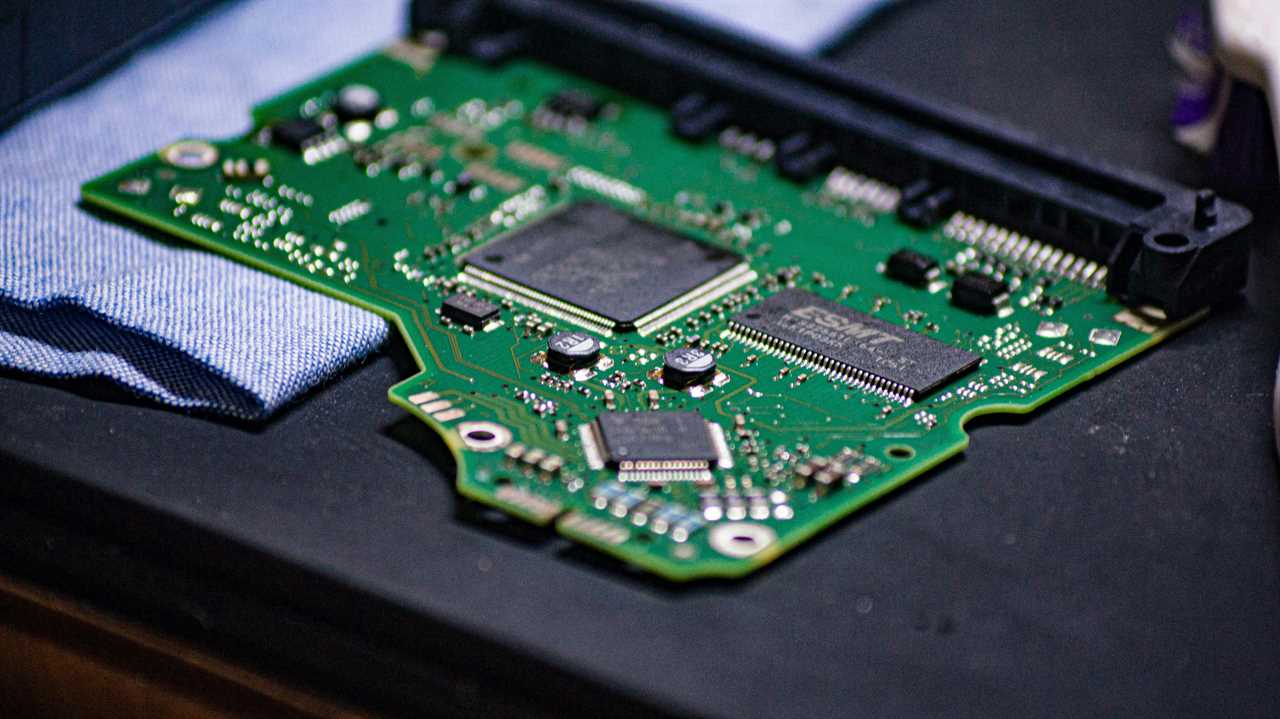
In today's fast-paced, technology-driven world, the proper disposal of electronic devices has become a pressing environmental concern. As we constantly upgrade our smartphones, laptops, and other gadgets, the issue of electronics recycling and e-waste disposal has never been more crucial. In this comprehensive guide, we will explore the best practices for responsible technology disposal and gadget recycling, empowering you to make a positive impact on the environment through sustainable tech disposal.
Importance of Electronics Recycling
Electronic devices contain a variety of materials, including valuable metals, plastics, and hazardous substances. When these devices are improperly discarded, they can release harmful toxins into the environment, contaminating soil and water sources. Electronics recycling is essential to mitigate the environmental impact of electronic device recycling and prevent the accumulation of e-waste.
By following responsible electronics recycling practices, we can recover and reuse valuable materials, reducing the demand for raw materials and the energy-intensive process of mining and manufacturing new electronics. Additionally, proper e-waste disposal helps protect human health and preserve the delicate balance of our ecosystems.
Best Practices for Electronics Recycling
1. Assess Your Electronics: Begin by taking an inventory of the electronic devices in your possession, including laptops, desktops, smartphones, tablets, and other gadgets. Determine which items are still in use and which have reached the end of their lifespan.
2. Donate or Sell Functional Devices: If your electronic devices are still in good working condition, consider donating them to local charities, schools, or organizations that can refurbish and redistribute them to those in need. Alternatively, you can sell them through online marketplaces or to electronics buyback programs, ensuring that your devices find a new home and extend their useful life.
3. Properly Dispose of E-Waste: For devices that are no longer usable, it's crucial to dispose of them through proper e-waste disposal channels. Look for electronics recycling programs, municipal collection events, or e-waste drop-off centers in your local area. These facilities are equipped to handle the safe and environmentally-friendly recycling of electronic components.
4. Erase Data Securely: Before parting with your electronic devices, ensure that all personal and sensitive data is securely erased. This can be done by utilizing data wiping software or physically destroying the storage media, such as hard drives or solid-state drives.
5. Choose Responsible Recyclers: When selecting an electronics recycling service, research the company's credentials and ensure that they adhere to environmental regulations and best practices. Reputable recyclers should prioritize the recovery and reuse of valuable materials, while safely handling any hazardous components.
6. Support Sustainable Initiatives: Look for opportunities to participate in gadget recycling programs or trade-in schemes offered by electronics manufacturers and retailers. These initiatives encourage the responsible disposal of devices and often provide incentives or discounts for consumers.
The Impact of Proper Electronics Recycling
By embracing responsible technology disposal practices, we can collectively make a significant impact on the environment. Electronics recycling not only reduces the strain on natural resources but also mitigates the release of harmful substances into the ecosystem.
When electronic devices are properly recycled, the recovered materials can be reused in the production of new products, reducing the need for mining and manufacturing of virgin materials. This circular approach to electronic device recycling contributes to a more sustainable future, conserving energy and reducing greenhouse gas emissions.
Furthermore, gadget recycling programs often provide opportunities for job creation, as the disassembly, sorting, and processing of e-waste requires a dedicated workforce. This, in turn, supports local economies and promotes the development of a more robust sustainable tech disposal industry.
Conclusion
The responsible disposal of electronic devices is a crucial step in addressing the growing e-waste crisis. By adopting the best practices for electronics recycling, we can collectively make a positive impact on the environment, preserve natural resources, and contribute to a more sustainable future.
Remember, every electronic device recycling effort, no matter how small, can have a significant cumulative effect. Embrace the power of responsible technology disposal and become a champion for sustainable tech disposal in your community.
 Family Craft ProjectsHome ImprovementCooking and BakingReuse and RecycleDIY GiftsEco-Friendly ProjectsDIY Home SolutionsSeasonal ActivitiesFun and GamesLearn TogetherPrivacy PolicyTerms And Conditions
Family Craft ProjectsHome ImprovementCooking and BakingReuse and RecycleDIY GiftsEco-Friendly ProjectsDIY Home SolutionsSeasonal ActivitiesFun and GamesLearn TogetherPrivacy PolicyTerms And Conditions
